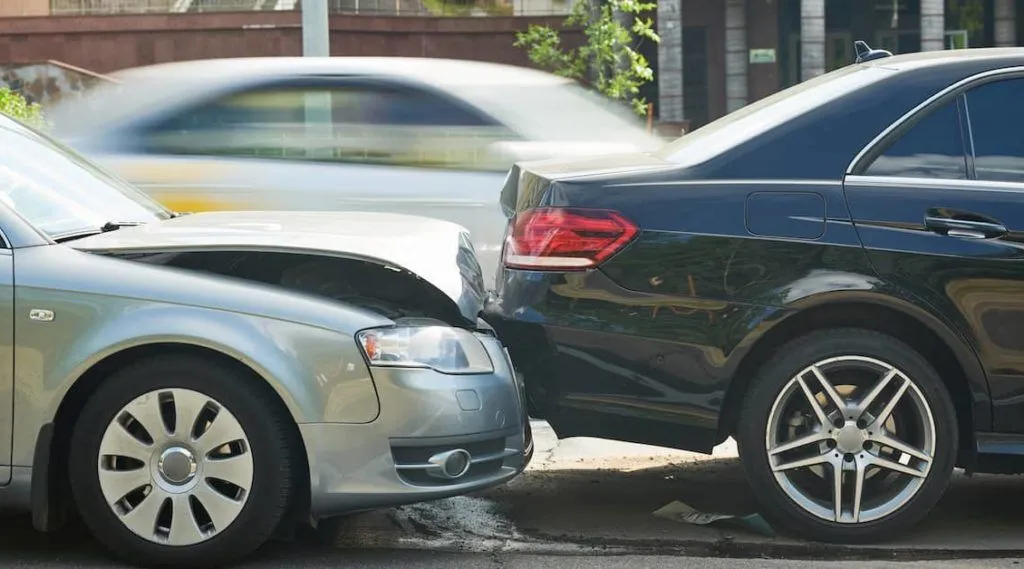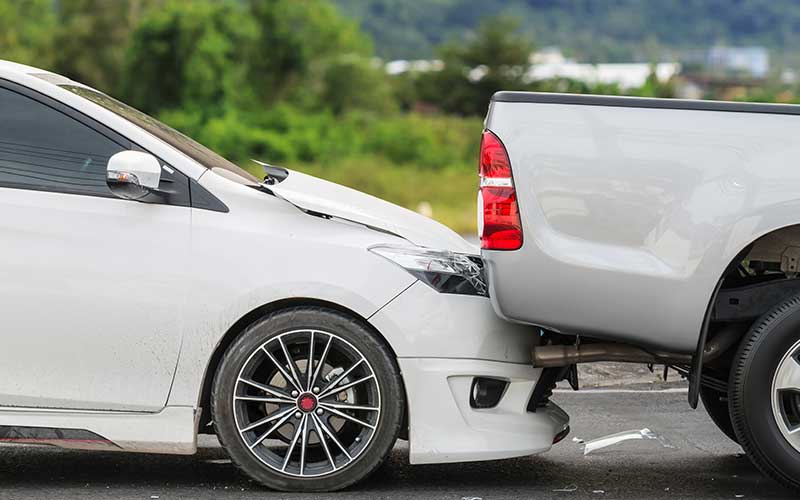In the event of an accident while reversing, there are essential steps to follow. First, check for injuries and call emergency services if needed. Notify the authorities and exchange information with the other driver(s) involved, including names, contact details, and insurance information. Document the accident scene by taking pictures of the damage to both vehicles and the surrounding area.
Promptly report the accident to your insurance company to begin the claims process. Throughout the process, remain calm, avoid admitting fault, and cooperate with the other party and authorities.
How to act immediately after hitting a car while reversing?
Safety is paramount. Ensure that everyone involved in the accident is safe and seek medical help if necessary. Notify the authorities based on the severity of the incident, and exchange information with the other party involved to facilitate the claims and legal processes.
Check for injuries and ensure safety
First, take a moment to evaluate yourself and others involved in the accident for any injuries. Check for any visible signs of trauma or discomfort.
If anyone is injured, even slightly, it’s vital to seek medical help immediately. Don’t attempt to move anyone with potential injuries unless they are in imminent danger.
Notify emergency services if necessary

Evaluate the severity of the accident. If it’s a minor collision with no injuries and minimal damage, calling the emergency services might not be necessary.
In cases where injuries are present or the accident is severe, immediately dial emergency services (such as 911) to report the incident. They will dispatch medical aid and police to the scene.
Exchange information with the other party involved
Approach the other driver involved in the accident calmly and exchange essential information, including names, phone numbers, addresses, and insurance details.
It’s advisable to take notes or pictures of the other vehicle’s license plate, model, and color. Documenting the scene can be crucial for insurance claims and legal purposes.
What steps to take after hitting a car while reversing?
Reporting the accident to authorities might be legally mandated in certain situations. Documenting the scene comprehensively through photographs and details is crucial for supporting your insurance claim.
Report the accident to the authorities
Evaluate the situation to determine if reporting the accident to the authorities is required. In many locations, it’s mandatory to report accidents, especially if there are injuries, significant property damage, or if it’s a hit-and-run.
Contact the police or appropriate authorities to report the accident. Provide accurate details of the incident and follow their instructions regarding necessary actions at the scene.
Document the scene – taking photos and gathering details
Use your phone or camera to take pictures of the accident scene from various angles. Include photos of both vehicles’ damages, the surrounding area, traffic signs, and any contributing factors like skid marks or road conditions.
Note down essential details such as the date, time, location, weather conditions, and any witness contact information. This documentation can be critical when dealing with insurance claims or legal proceedings.
Contact your insurance company and initiate the claims process
Report the accident to your insurance company as soon as possible, even if you believe you might not be at fault. Provide them with accurate details of the incident and the other party’s information.
In addition, follow your insurance company’s instructions to initiate the claims process. They will guide you through the necessary steps and might ask for additional documentation, such as the police report and photographs, to process your claim efficiently.
What considerations when dealing with the aftermath?

Maintaining composure and refraining from admitting fault is crucial to avoid potential legal complications.
Maintaining composure and avoiding admitting fault
It’s natural to feel overwhelmed or anxious after an accident. However, it’s crucial to remain composed to handle the situation effectively. Take deep breaths and focus on the immediate tasks at hand.
Refrain from apologizing or admitting fault, even if you believe you might be responsible for the accident. Admitting fault can have legal and insurance implications, and fault determination is best left to the authorities and insurance companies.
Cooperating with the other party and authorities
Engage in civil and polite communication with the other party involved in the accident. Avoid arguments or confrontations, as they can escalate tensions and complicate the situation.
If law enforcement arrives at the scene, provide them with accurate information and cooperate with their instructions. Your cooperation can aid in their accident investigation.
FAQ’s
When both people are at fault?
Determining fault can be complex; in some cases, both parties share responsibility due to contributing factors. Legal authorities or insurance adjusters assess evidence to allocate fault.
Which body parts are hit first in a collision?
Typically, in a frontal collision, the front end absorbs initial impact. For a rear collision, it’s often the rear end, and inside impacts, the sides absorb the force.
How much impact can a rear bumper take?
Rear bumpers are designed to absorb low-speed impacts, usually in the range of 2.5 to 5 mph. They may withstand minor collisions, but significant damage can occur above this range.
How do you deal with someone who never accepts fault?
It can be challenging. Focus on documenting the incident thoroughly, seek advice from legal or insurance professionals, and avoid confrontations to navigate such situations.
When someone makes you think it’s your fault?
Take a step back and evaluate the situation objectively. Seek advice from a trusted source or professionals to determine actual fault and avoid accepting blame hastily.
Why do I feel at fault for everything?
Feelings of constant fault can stem from various factors, including self-criticism, past experiences, or mental health conditions. Speaking to a therapist or counselor can offer insights and coping strategies.
Final Words
In conclusion, after hitting another car while reversing, it’s essential to prioritize safety and follow necessary steps. Firstly, ensure everyone’s well-being by checking for injuries and seeking medical help if needed. Secondly, report the incident to authorities if required and gather vital information by documenting the scene with photos and details.
Lastly, contact your insurance company promptly to initiate the claims process. Throughout this process, it’s crucial to stay calm, avoid admitting fault, and cooperate with others involved and the authorities.

